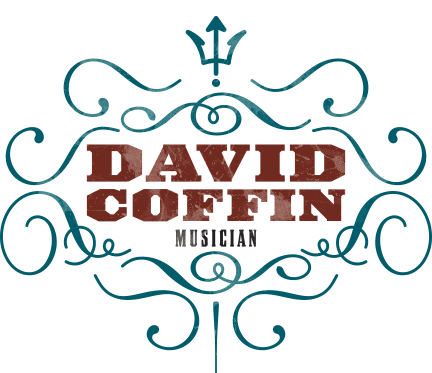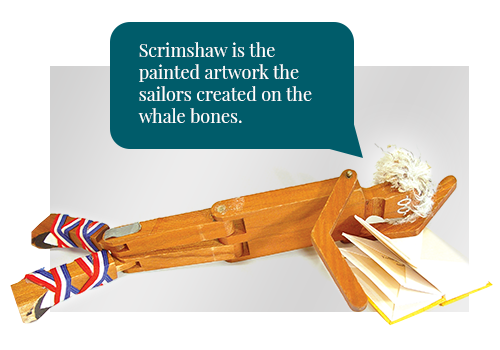



Settle in to a history of whaling in New England, including anecdotal information about Nantucket’s involvement in the Boston Tea Party. Explore the many uses of whale oil, including lamps, perfume, candles and soap. Explore, learn, sing!
Port: left side
Starboard: right side
Bow: front
Stern: rear
Capstan: A barrel-like fixture at the bow around which the chain is wrapped while hoisting the anchor
Masts: Large tree-like structures to which the sails are rigged
Rigging: All the lines and chains used in the raising of sails and supporting of mast
Sails: Large canvas or cloth used to “catch” the wind to move a vessel
Crow's Nest: Small shelter in the top mainmast for the lookout
Dory Boats: Small rowing boats
Lines: Not ropes! There are no “ropes” on a sailing ship
Schooners: Certain types of sailing vessels
Clipper Ship: Improved schooner built for speed for transporting cargo in the 1850’s
Packet Ship: Fast ship built for passengers (such as the Dreadnought, built in Newburyport
Whaling: The hunting of whales
Sperm Whale: The best whale to catch for it had the best quality oil
Herman Melville: Author of Moby Dick (1851), the greatest epic about whaling ever written
Sea Shanties: Songs used to establish a rhythm for the sailors to pull, haul, heave, or pump at the same time
Nantucket Sleigh Ride: The dory boat towed by a whale by means of the line attached to the harpoon
Cape Horn: The tip of South America, the route to the Pacific from the east coast
Crossing the Line: Passing over the Equator
Shellback: A seasoned mariner
